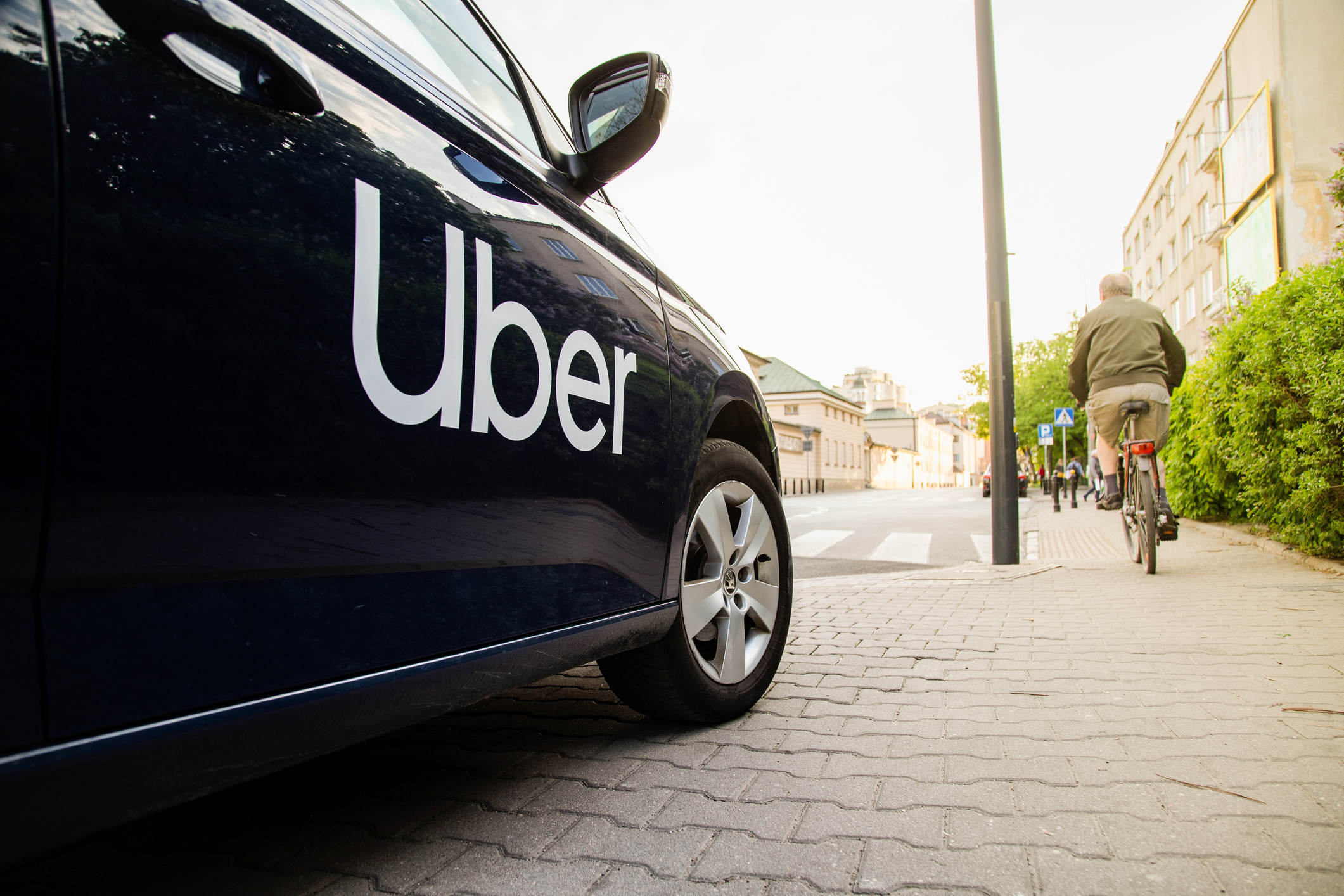Uber Eats, Door Dash, Skip the Dishes—the hyper-growth of food delivery apps has created chaos.
Silicon Valley tech giants are masters of the choke-point.
It’s how so many of their services work: find a service or societal element that people need (this could be anything from transportation to social connection) then insert a software platform as a bridge, or choke-point, between the person and this element… that the person must pay to use (whether directly or via ads/data collection).
Dating? Use Tinder. Social connections? Use Facebook. Need a ride? Hire an Uber. All of these things existed before Silicon Valley, now most people can’t imagine life without them.
The basic human need for food? Don’t call the restaurant anymore or venture out to the local market. Silicon Valley was more than happy to put in a choke-point and funnel the vast majority of food orders away from direct-to-consumer and re-route them through their pay-per-use app.
But what’s the issue? Now traditionally non-delivered food can be had on demand! And for just a few bucks extra, then a few bucks more, then a couple bucks on top of that… but hey, at least I didn’t have to talk to anyone or go outside!
I’m not here to judge your culinary preferences. But the rise of food-delivery apps has real consequences on our cities—and our planet.
According to this report, food delivery and ride-share apps have added 10 billion-plus car trips to the world’s roads. That’s billion with a “b.” And all the pollution and congestion that comes with it.
Now, Uber claims that some 46% of deliveries are being made on “two wheels,” but won’t say how many of those are bikes. (Scooters and motorcycles also add traffic congestion and pollution.)
I read on the blog A Sibilant Intake of Breath that bicycle-delivering for Uber Eats in downtown Toronto won’t even net minimum wage… so that’s why most Uber Eats drivers use cars. Volume is paramount to success.
The type of traffic Uber adds is the worst kind—drivers are incentivized to make their rounds as quickly as possible. They whip into parking lots to grab orders, then blindly follow their phones to addresses they’ve never been to before…
Circling the blocks. Making sudden turns. Double-parking.
It’s chaos. But all we know is that our chicken shawarma appears on our doorsteps like magic.
Unfortunately, food delivery apps aren’t a part of the 15-minute city. If you believe in density, in walkability, in sustainable neighbourhoods… I’m afraid you’re gonna have to change out of your PJ’s and step outside the next time you don’t want to cook.
Because Uber Eats is creating a problem that only reduced-use can solve.

[…] Silicon Valley map-apps upped the ante with the addition of real-time traffic […]